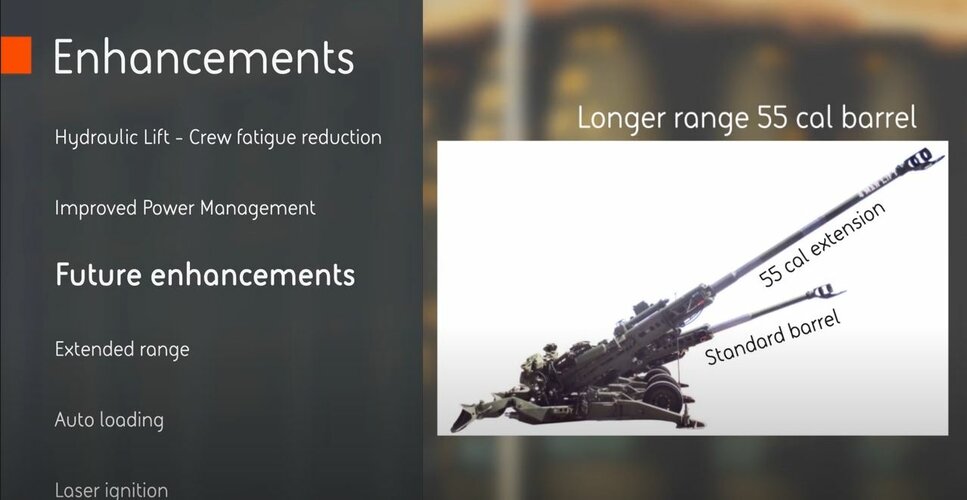aonestudio
I really should change my personal text
- Joined
- 11 March 2018
- Messages
- 2,685
- Reaction score
- 6,416
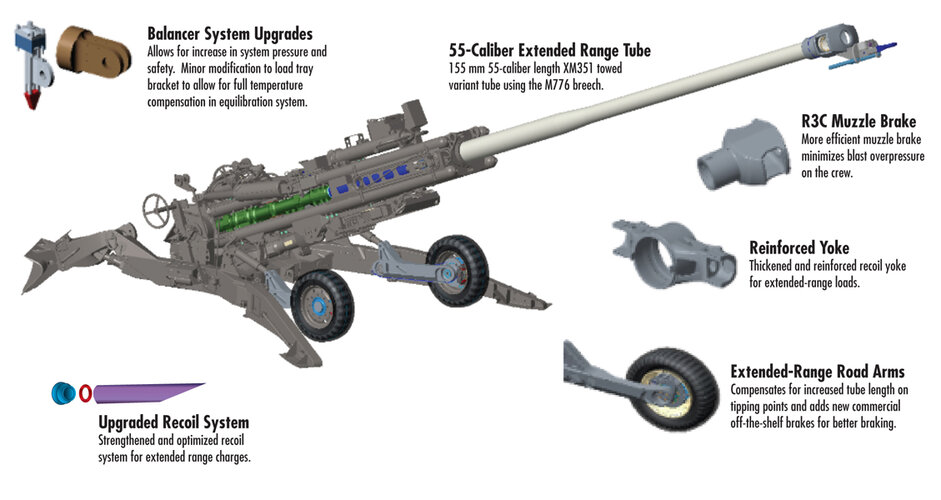
The genesis of the Long Range Cannon project was the M777 Extended Range (ER) Howitzer project, a 2014 prototyping initiative to significantly extend the range of the currently fielded M777A2 variant. That effort involved the incorporation of a longer cannon tube for extended-range firing; a more efficient muzzle brake to minimize blast overpressure on the gun crew; a reinforced recoil yoke for higher firing loads; longer road arms to compensate for the increased tube length; an upgraded recoil system for extended-range charges; and upgrades to the balancer system. In all, no structural changes are needed, as all of these are bolt-on assemblies. Dubbed the ER Kit, the prototype components can quickly be retrofitted onto existing howitzers.
In 2018, Army leadership prioritized the M777ER for acceleration and expanded the scope of the effort by adding the condition of improved accuracy at extended ranges. That, in turn, called for a new name—the Long Range Cannon. To achieve the dual goals of expanded range and improved accuracy as expeditiously and cost-effectively as possible, the Long Range Cannon team hopes to maximize use of existing resources and leverage several technologies already in development.
Through a system-of-systems approach, the Long Range Cannon program integrates the M777ER with several high-potential, extended range and GPS-degraded or -denied artillery technologies, including the Location and Azimuth Determining System for more secure and accurate survey control and target acquisition; a projectile tracking system for improving impact accuracy; and a high-explosive, rocket-assisted projectile along with a supercharged propellant to achieve the desired maximum ranges.
The team plans to use the extended range armament to modernize the current weapon-ammunition interface, in an effort to further increase the maximum effective range that the M777ER can achieve. The information resulting from the interface modernization will also provide early data points for the Army’s emerging Mobile Howitzer program.
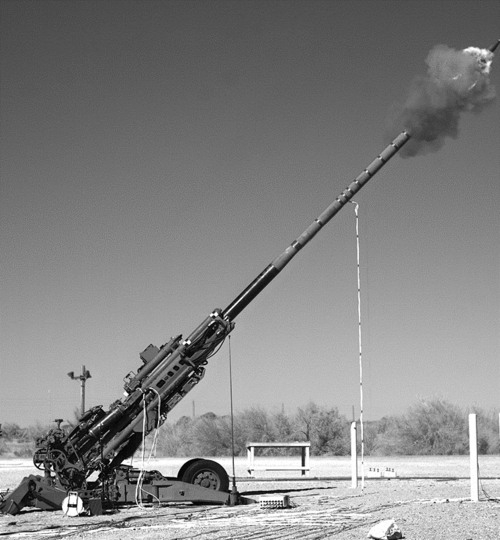
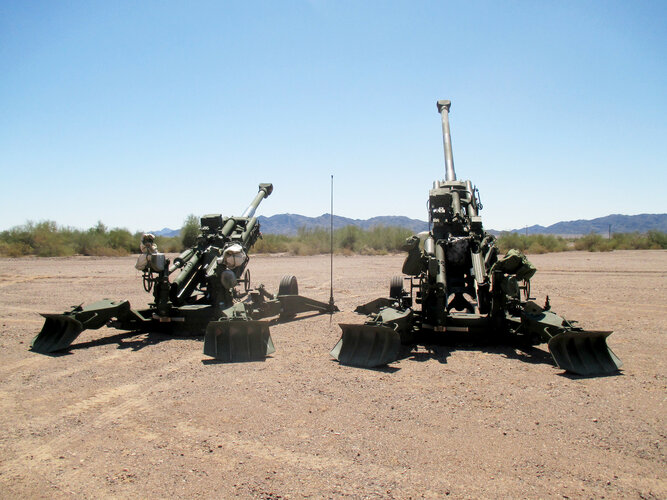
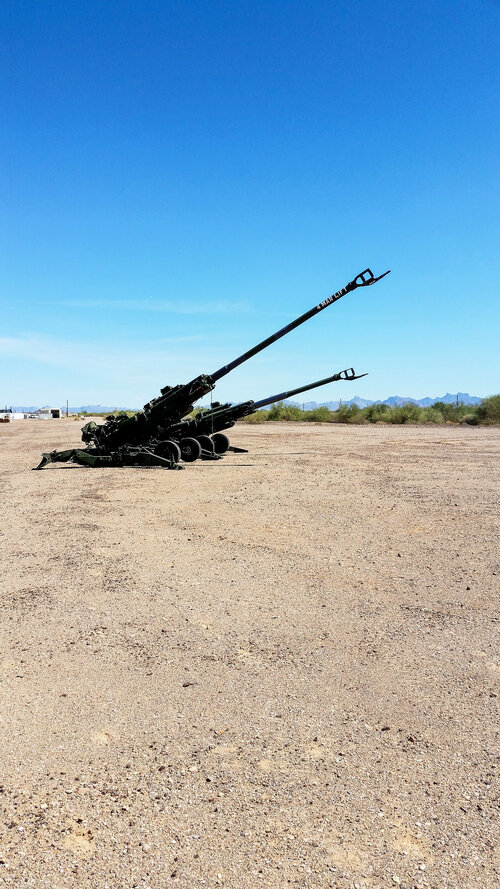
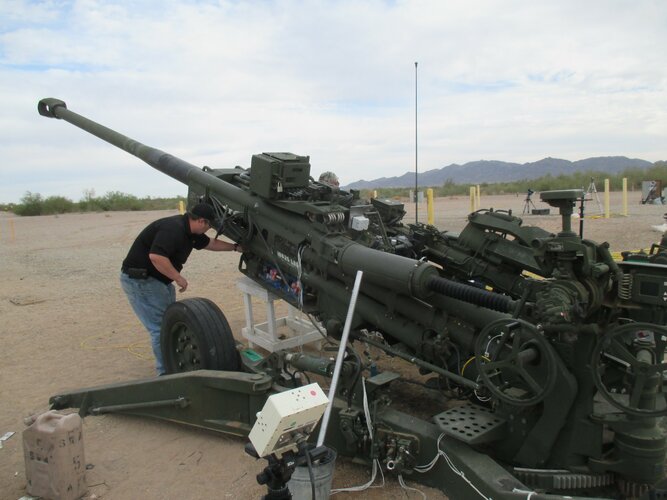
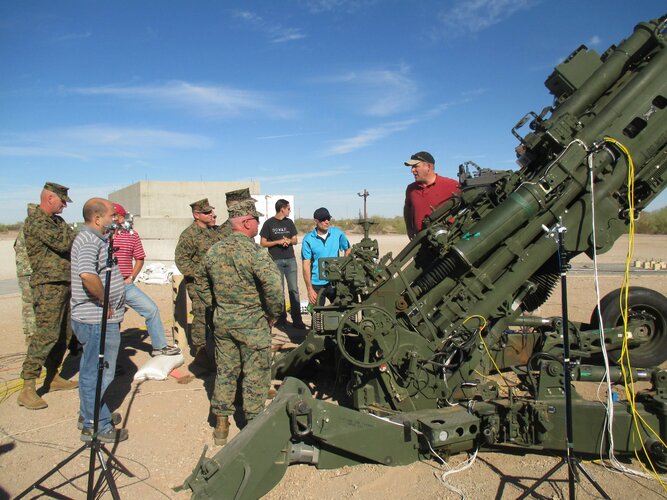
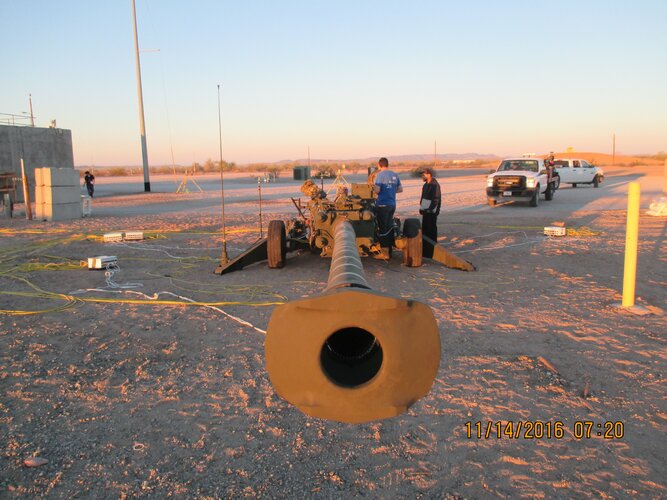
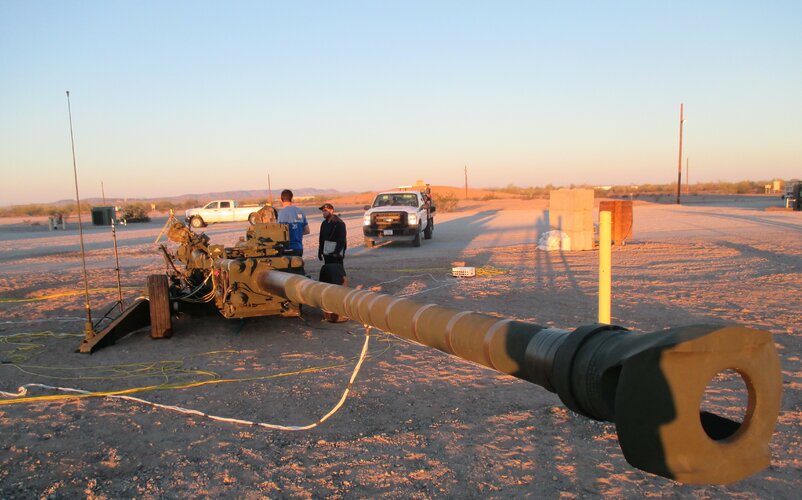
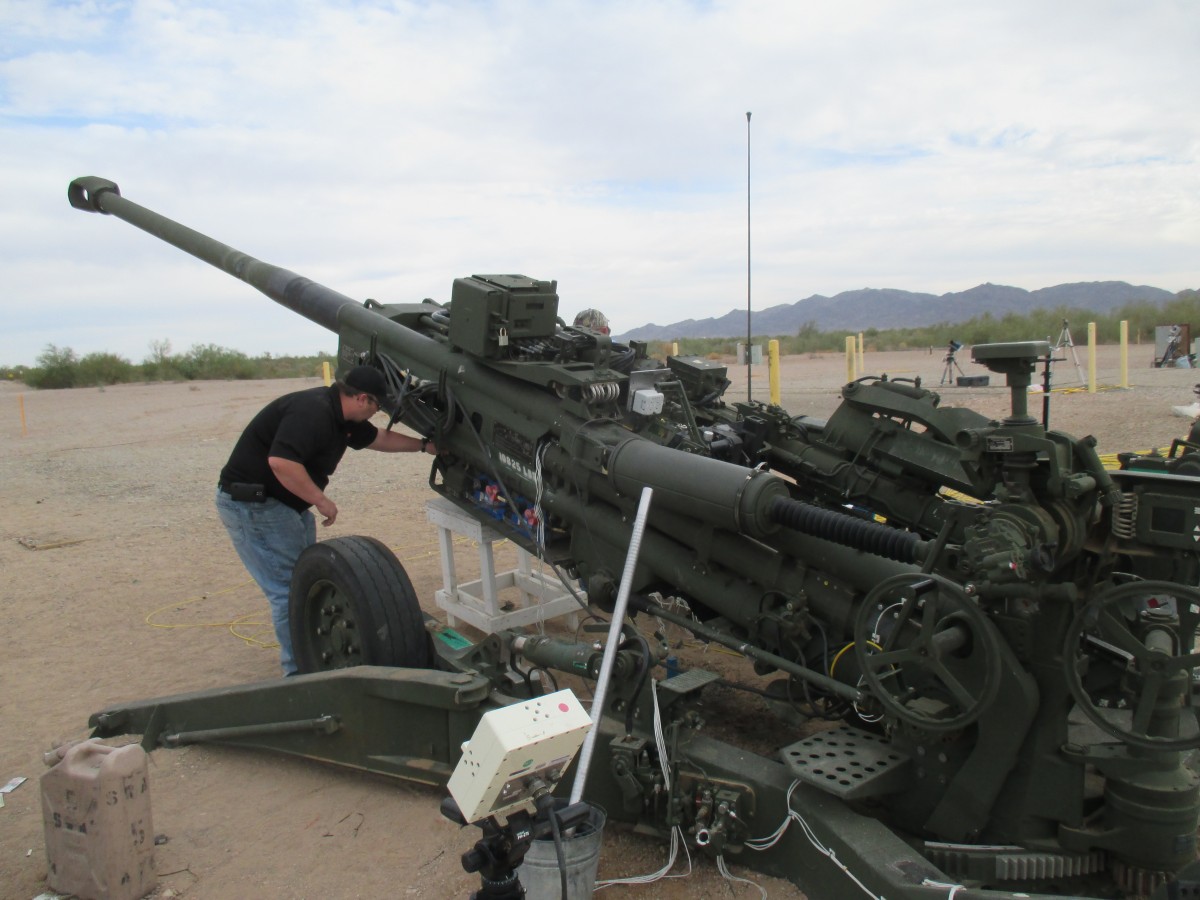
Picatinny engineers double range with modified M777A2 Extended Range howitzer
Picatinny Arsenal engineers have fired the newly modified M777A2 howitzer at Yuma Proving Ground, Arizona, completing the next step towards expanding the system's current firing range.
PICATINNY ARSENAL, N.J. -- Picatinny Arsenal engineers have fired the newly modified M777A2 howitzer at Yuma Proving Ground, Arizona, completing the next step towards expanding the system's current firing range.
"We put together an integration test bed for the M777A2 Extended Range (M777ER) howitzer program, incorporating a 55 caliber cannon tube on the M777A2 towed howitzer," said Andy McFadzean a Special Project Officer at the U.S. Army Armament Research, Development and Engineering Center or ARDEC.
"We shot a total of 70 rounds using the Modular Artillery Charge System (MACS), zone two to zone six, propelling charge. This test marked the first time a MACS zone 6 was fired from the M777 howitzer. Previously, the top charge fired was a MACS zone 5."
The modification added six feet to the cannon while limiting the increase in overall system weight to less than 1,000 pounds.
The total length of the tube increased the chamber volume as well as the rifling length. That, in combination with the additional increment of legacy propellant (MACS zone 6), resulted in an increase in range of several kilometers.
"We were able to push the round harder for longer, so it goes faster and further," said David Bound, M777ER Team Lead.
The Army's Extended Range Cannon Artillery (ERCA) program is investigating and developing technology to extend the range of the Army's 155mm self-propelled howitzer. The M777ER program is integrating the ERCA technology onto the towed howitzer platform.
Project Manager Towed Artillery Systems and ARDEC are using an incremental approach to increasing the range of the M777A2 howitzer. The ultimate goal of the program is to demonstrate a maximum range of 70KM while minimizing the cost and modifications to the weapon platform.
The Army's Extended Range Cannon Artillery (ERCA) program is investigating and developing technology to extend the range of the Army's 155mm self-propelled howitzer. The M777ER program is integrating the ERCA technology onto the towed howitzer platform.
Initially, a non-firing, mobility platform was developed with an extended range cannon tube. The mobility trails successfully demonstrated that an M777ER howitzer could be towed behind its current prime mover with little modifications.
Upon successful completion of mobility trials, a firing demonstrator was created using the current 39 caliber cannon without a muzzle brake. The 39 caliber demonstrator put similar stress on the systems structures as a 55 caliber cannon with a muzzle brake. The test results of the 39 caliber demonstrator were used to validate engineering design models for the objective extended range weapon.
The latest configuration of the M777ER weapon integrated a 55 caliber cannon tube onto the weapon platform. The cannon tube was manufactured at the Army's Watervliet Arsenal. The firings at Yuma in November 2016 marked the latest success in the M777ER program.

